views
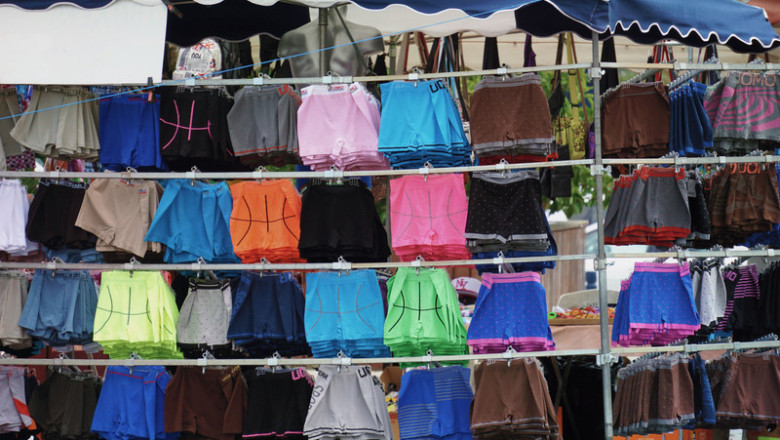
Rapid depletion of natural resources and ecological imbalances are creating an alarming situation for all of us. Fundamentally, the ecological problems that are linked to the textile and clothing industry occur due to the processes that are involved in producing the final product. When fabric is manufactured using eco-friendly materials and processes, it results in less harm to the environment and drives sustainable development.
The move towards manufacturing environmentally efficient textile products contributes significantly to reduce environmental issues. Here’s why eco-textiles is the way to go for creating sustainable development that benefits you, your loved ones and the planet.
1. Reduce depletion of natural resources
Conventional textile practices require excessive supplies of water across all the stages of cloth production. Particularly, dying the fabrics in bright colors require a significant water supply. Moreover, oil is heavily used from processing to the distribution of textile products. Thereby, leading to an even higher demand for oil, and drying out of the natural resources at an even faster pace.
When fabrics are processed under eco-friendly limits, it allows the possibility of developing textiles without harming the nature.
2. Reduce poisoning of nature
Conducting the textile processes in an irresponsible manner has led to polluting, and even poisoning the natural resources. The textile water-waste has affected the soil quality. Moreover, plants exposed to water-waste have found to be contaminated due to the concentration of heavy metals. The release of harmful chemicals into lands is estimated to take several decades to recoup the soil quality.
Amidst all this, eco-textile presents a possibility to have a flourishing textile industry without interfering with nature’s balance.
3. Preserve bio-diversity
The chemically infested water released into the rivers or sea adversely affects the water animals and plants. As a result, the habitat of several species has become unsustainable for them. Likewise, the toxic compounds involved in dyeing and wet processes and tannery processes affect even the native wildlife.
When the same textile processes are carried out more eco-responsibly, the magnitude of damage to nature can be brought down. Eventually, it makes the development of textile industry sustainable.
4. A healthier clothing alternative
The processing of synthetic fabrics requires abundant oil and water supply. In contrast to this, manufacturing organic fabrics is much more environmentally efficient. This is because the production of certain organic fabrics involves enzyme-breaking the fiber, which is a more eco-friendly alternative.
In addition to the environmental benefits, organic fabrics have an upper hand over their synthetic counterparts. Organic fabrics such as cotton, bamboo, hemp and others are hypoallergenic and dust-mite resistant. This makes organic fabrics a healthier clothing choice, particularly for children and people prone to irritation.




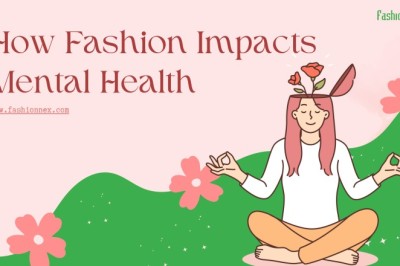
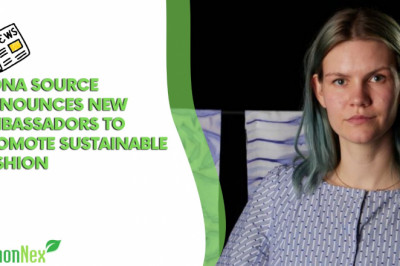

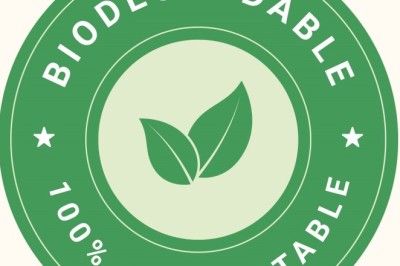
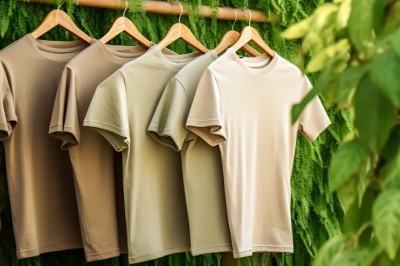


Comments
0 comment